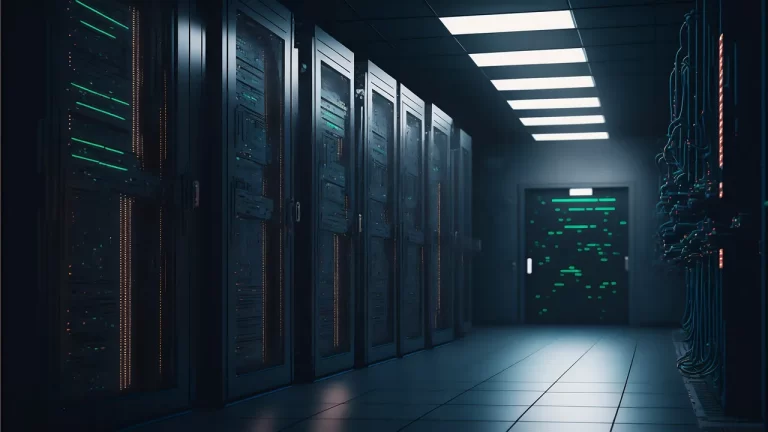Data centers have long been viewed as the backbone of the digital age, and with the surge of artificial intelligence (AI) applications, they seem like a surefire bet for investors. However, beneath the surface of this booming industry lies a range of risks that may make 2025 a less-than-ideal year for data center investments. While the long-term prospects for digital infrastructure remain strong, the short-to-medium-term landscape may hold several hidden pitfalls.
In this article, we explore five reasons why data centers may not deliver the returns many investors expect this year. From economic uncertainty to operational bottlenecks, these challenges could weigh heavily on an industry that appears to be riding high.
The AI Boom May Be Peaking
Artificial intelligence has been the golden goose for data center growth in recent years. Ever since generative AI models went mainstream in 2022, there’s been a gold rush to build out more infrastructure to handle the massive computing requirements of AI workloads. This has driven unprecedented investment in data center expansion.
However, AI demand might not keep accelerating indefinitely. As AI tools become more efficient and as businesses reach saturation in AI integration, the appetite for compute-heavy training processes could slow. Future AI model development faces a possible growth limitation because training data quality is starting to run scarce. The slowing growth of AI infrastructure demand will result in data center operators possessing excess capacity alongside insufficient revenue generation.
New AI Models Are Becoming More Efficient
Changing AI model requirements pose a challenge to the positive outlook concerning data centers. Early in 2025, the DeepSeek model introduced itself as an example of how to perform well with reduced computing resources when compared to conventional enterprise AI frameworks. This shift could redefine expectations for data center infrastructure needs.
If more companies begin adopting models that prioritize efficiency, the assumption that enterprises will need exponentially more GPUs and rack space may fall apart. The data center boom was built on the notion of endless AI compute demand. But if future AI systems require less hardware and power, the justification for massive new facilities could fade, cooling investor enthusiasm.
Economic Uncertainty Could Stifle Demand
The global market experiences constant instability, with a projected economic downturn awaiting 2025. The investor confidence across sectors has been damaged by trade disputes and inflation, alongside geopolitical tensions. The essential infrastructure role of data centers does not protect them from broader economic market pressures.
Enterprises reduce their IT expenditure or delay these investments in the midst of economic downturns. The cloud usage sector could experience stabilization, and startups will postpone digital transformation initiatives while hyperscalers become more careful about infrastructure funding decisions. This environment could significantly dampen demand for new data center capacity, just as operators are pouring billions into new builds.
Infrastructure Delays Could Hurt Revenue Timelines
Investing in data center construction today doesn’t guarantee quick returns. A significant portion of facilities currently under development may not go live for years. One major bottleneck is the delay in securing reliable power connections, which has increasingly become a choke point in bringing facilities online.
Even once the buildings are physically complete, operators face lengthy commissioning periods, complex permitting processes, and energy grid limitations. These slowdowns mean revenue generation is postponed, and capital sits idle. For investors looking for quick returns, these lag times could be financially frustrating and riskier than initially assumed.
Rising Energy Costs Are Eating Into Profits
The energy costs, which compose the primary operational expense for data centers, keep increasing at a rate. The data center utility costs grew from 12% to 16% of total revenue between 2020 and 2024. As demand for electricity increases globally and as governments pressure data centers to source greener, and often pricier, energy, the economics become more challenging.
While operators may try to pass these rising costs onto customers, that strategy has its limits. If AI demand softens or competition increases, data centers may not be able to raise prices without losing clients. That leaves operators trapped between surging utility bills and stagnant revenue, creating a profit squeeze that could weigh heavily on future valuations.








